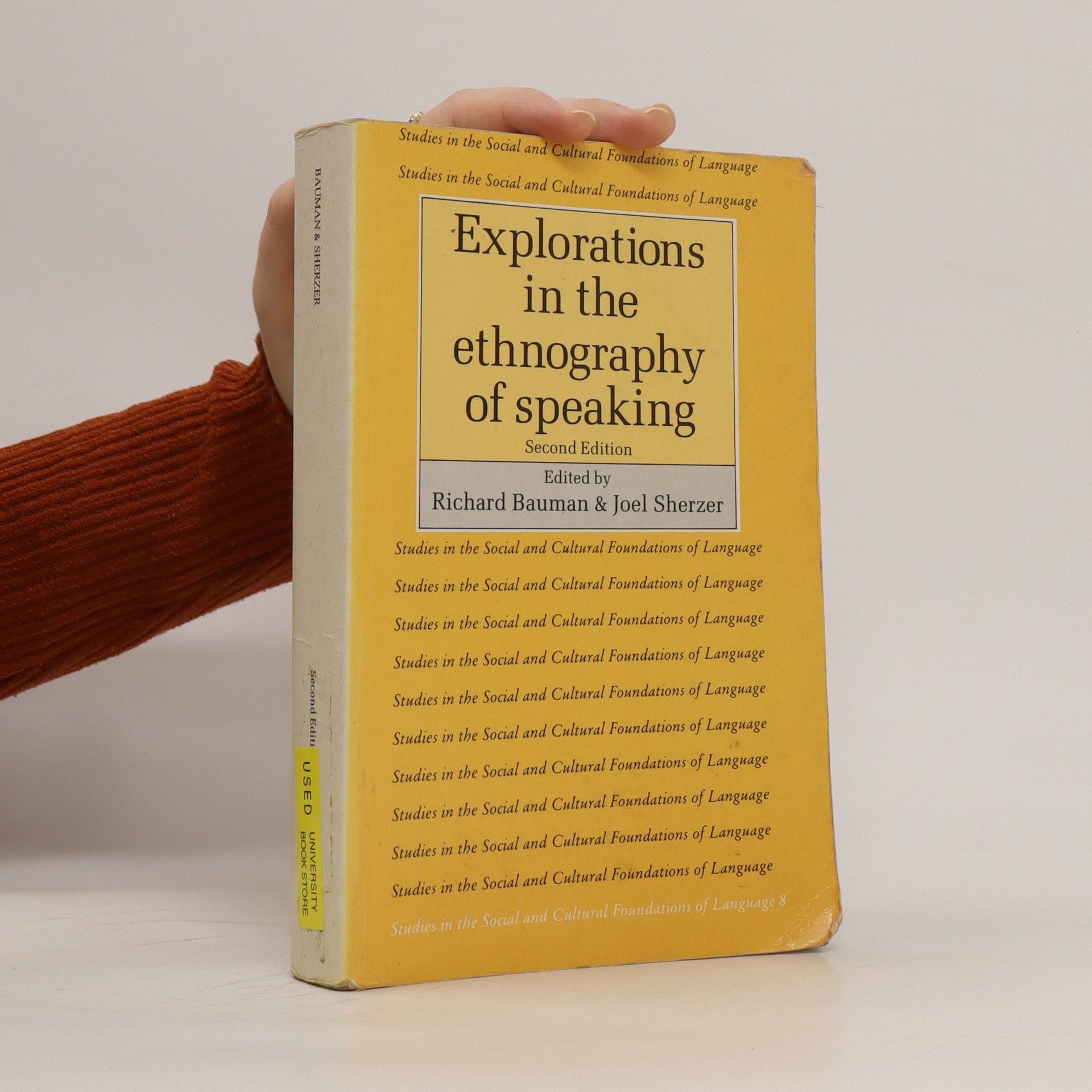Culture and Language Development
Language Acquisition and Language Socialization in a Samoan Village
- 280 pages
- 10 hours of reading
Elinor Ochs delves into the intricate relationship between socialization and language development in children. The book examines how these two processes influence each other, providing insights into the ways children learn to communicate within their social environments. Through detailed analysis, Ochs highlights the significance of cultural context in shaping language skills and social interactions among young learners.


